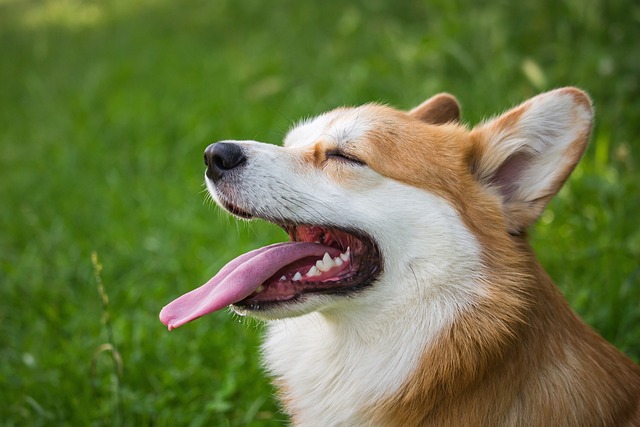
What vitamin is good for dogs' skin
Seeing your dog constantly scratch or noticing dry, flaky skin can make you wonder if a simple vitamin might be the solution.
It’s easy to coo over a chubby pup—those extra rolls, the waddle when they run, that squishy belly you can’t resist rubbing. But here’s the thing: that “cute” weight might be hiding a bigger problem. Obesity in dogs isn’t just about looks; it’s a health risk that creeps in slowly, often without us noticing. Let’s spot the signs, so you can keep your buddy in their best shape.
Start with the touch test. Run your hands along their sides—you should feel their ribs without pressing hard, like feeling knuckles through a thin glove. If you have to push through a layer of fat to find them, that’s a red flag. Same with their belly: when standing, it should tuck up slightly, not hang low or sway like a pouch. These are quick checks you can do during cuddle time, no scales needed.
Watch how they move. A dog carrying too much weight might hesitate to jump on the couch, lag on walks, or pant heavily after just a few minutes of play. Stairs? Suddenly, they’re not so eager. These aren’t just “lazy” habits—extra pounds strain joints, making movement painful. Over time, this can lead to arthritis, especially in breeds like Labs or Golden Retrievers, who are already prone to hip issues.
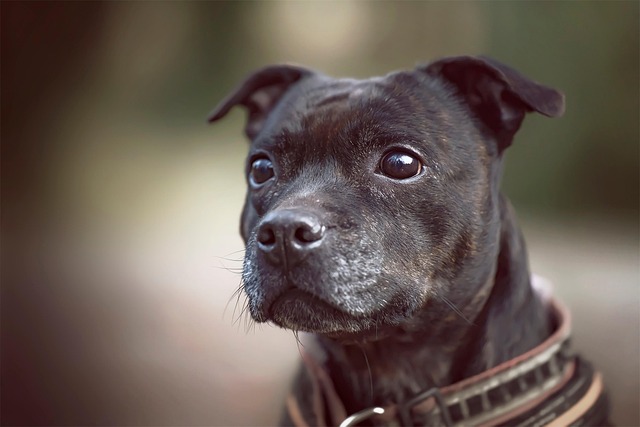 Look at their face. Round cheeks on a Pug or Bulldog are normal, but if the fat pads above their eyes make them look perpetually sleepy, or their neck looks thickened (like a linebacker’s), that’s excess weight. Even their posture changes—obese dogs often stand with legs splayed, trying to balance the extra load. It’s subtle, but once you notice, you can’t unsee it.
Look at their face. Round cheeks on a Pug or Bulldog are normal, but if the fat pads above their eyes make them look perpetually sleepy, or their neck looks thickened (like a linebacker’s), that’s excess weight. Even their posture changes—obese dogs often stand with legs splayed, trying to balance the extra load. It’s subtle, but once you notice, you can’t unsee it.
Behavior shifts matter too. Some overweight dogs lose interest in toys or interacting with other pets, preferring to nap instead. Others beg more fiercely, creating a cycle: you give treats to make them happy, they gain weight, they beg more. It’s hard to say no to those eyes, but keeping portions in check (using measuring cups, not guesswork) helps break the loop. Many vets offer free weight checks during routine visits—take advantage of that.
Here’s the thing: obesity shortens lifespans by 2-3 years, according to studies, and increases risks for diabetes, heart disease, even some cancers. But the good news? It’s reversible. Catching these signs early means small changes—like swapping a few treats for green beans, or adding 5 extra minutes to walks—can make a big difference.
Local parks and community dog runs are great for getting them moving, and many pet stores carry low-calorie treats that taste just as good. Remember, every dog is different—what’s “overweight” for a Greyhound isn’t the same for a Corgi. Your vet can calculate their ideal weight and help you make a plan that fits your lifestyle, no extreme diets required.

Seeing your dog constantly scratch or noticing dry, flaky skin can make you wonder if a simple vitamin might be the solution.
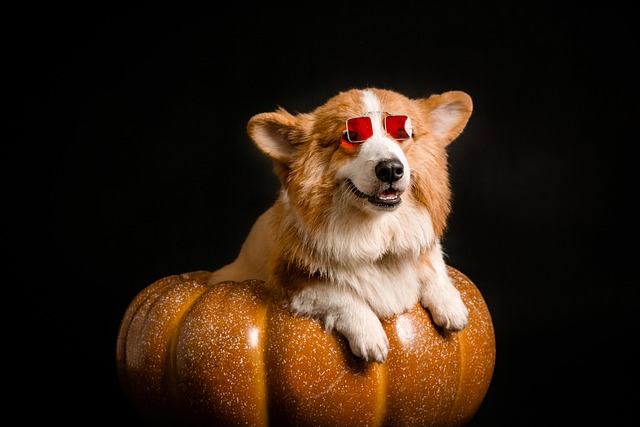
If you’re a new dog parent in the US—maybe you’re sitting on your Portland apartment couch, staring at your 1-year-old Australian Shepherd
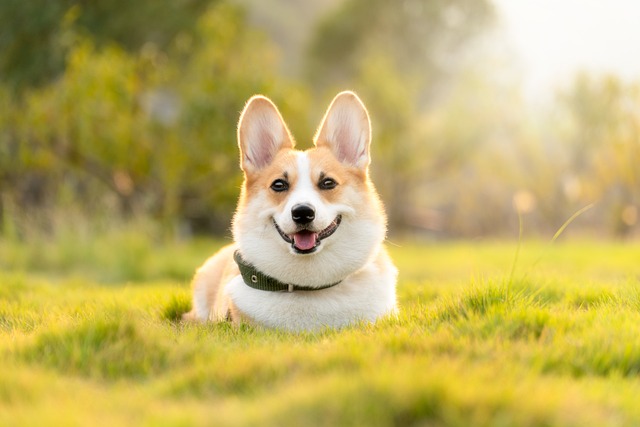
If you’re a new dog parent in the US—maybe you’re sitting on your Atlanta apartment floor, holding your 6-week-old Beagle puppy, Daisy, who’s curled up in your lap
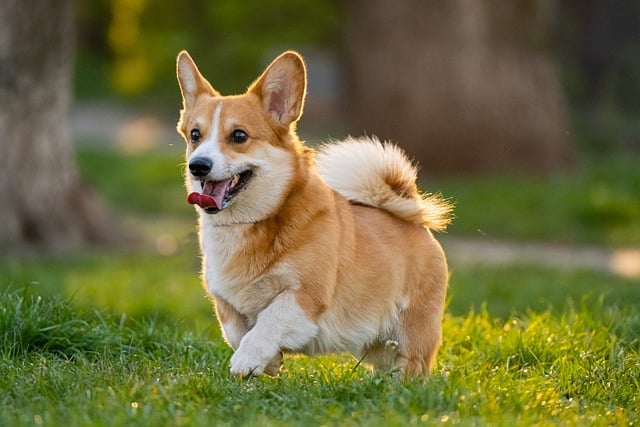
If you’re a new dog parent in the US—maybe you’re standing in your Denver apartment’s kitchen, staring at a bag of high-quality puppy kibble and a bottle
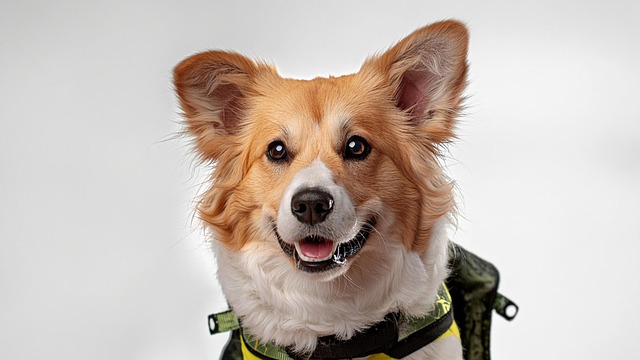
Seeing your puppy grow daily is amazing, and it’s natural to want to give them every advantage, including supplements.
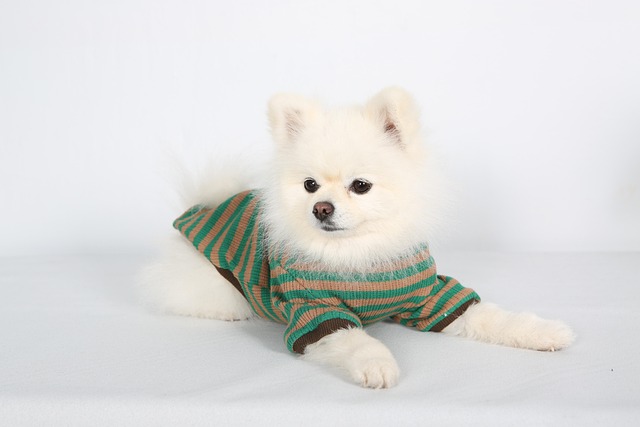
Brown stains on white dog fur aren’t just unsightly—they can also hint at underlying issues like tear duct irritation or poor grooming habits, which matter even more when you’re following local pet care laws.